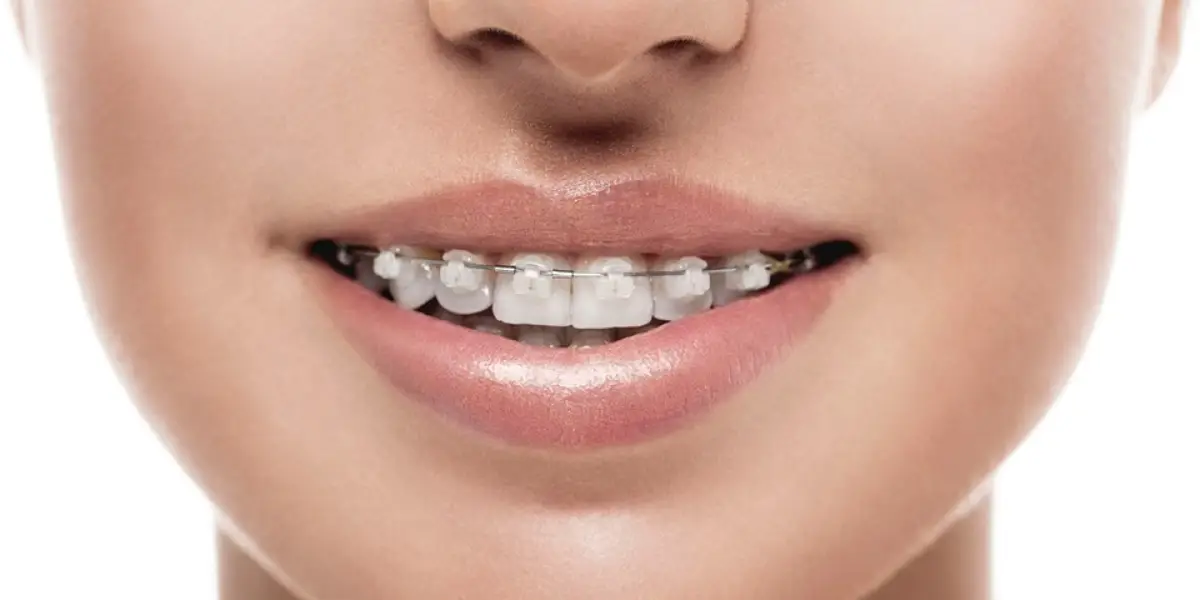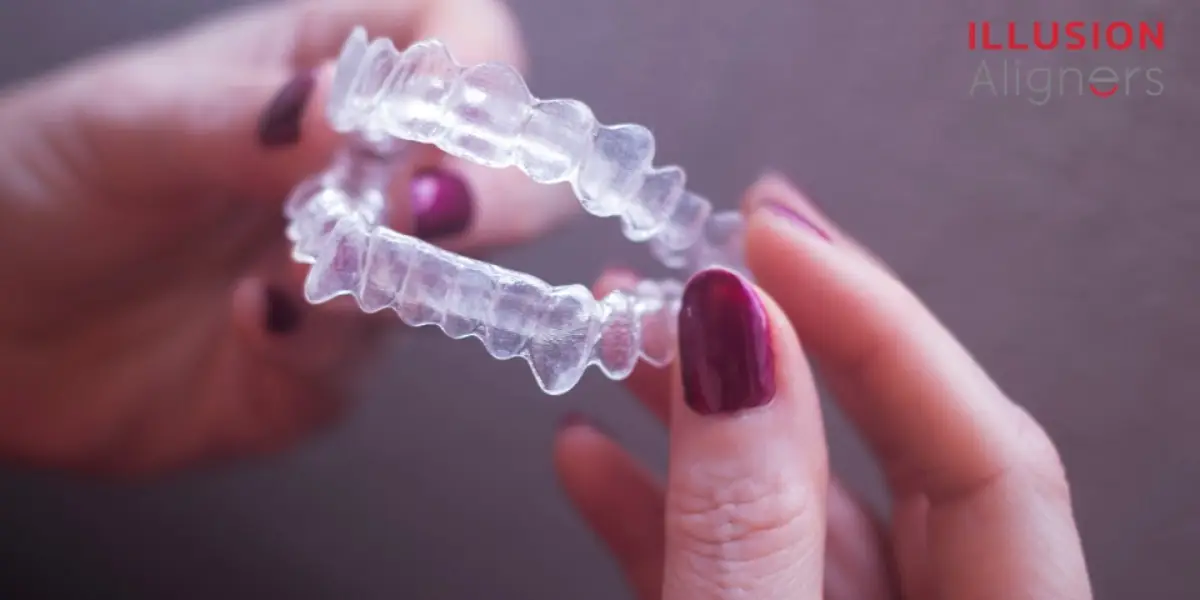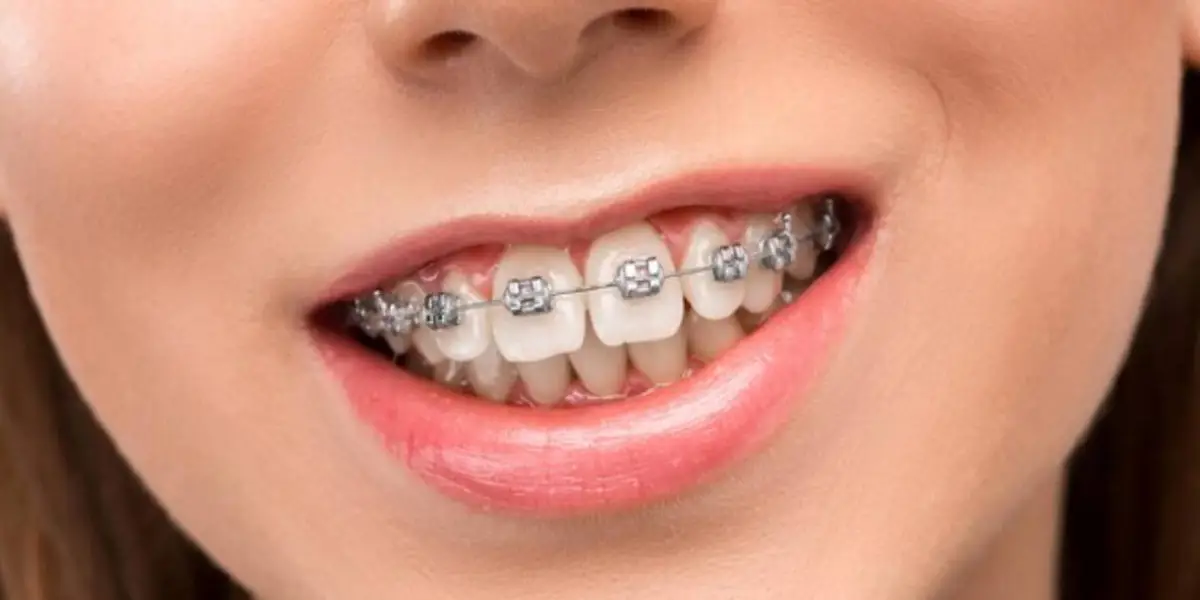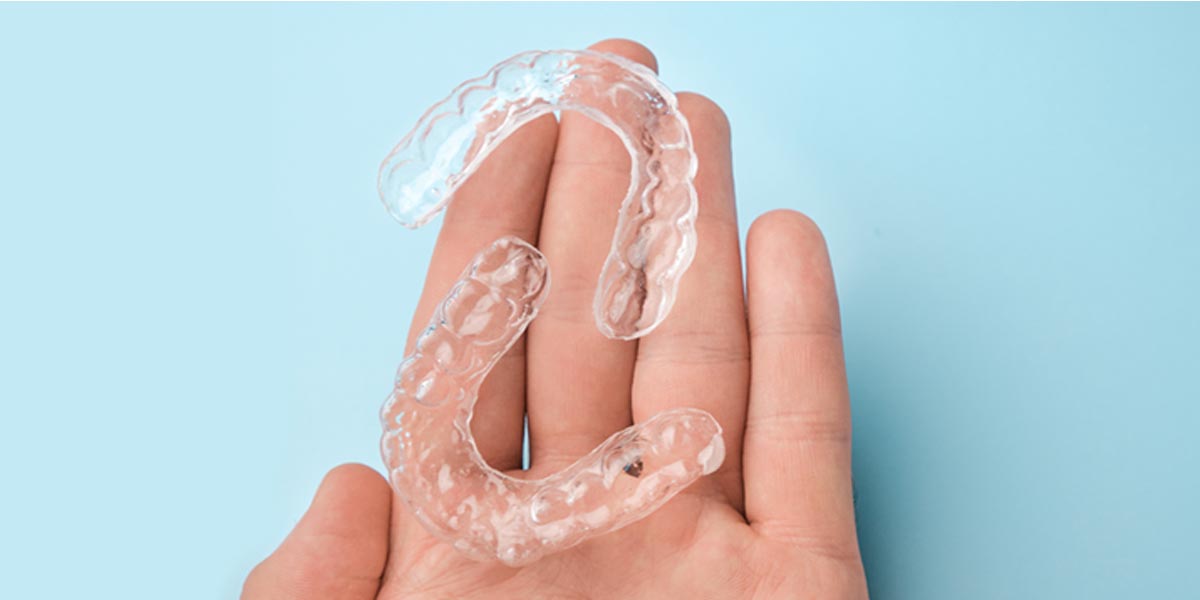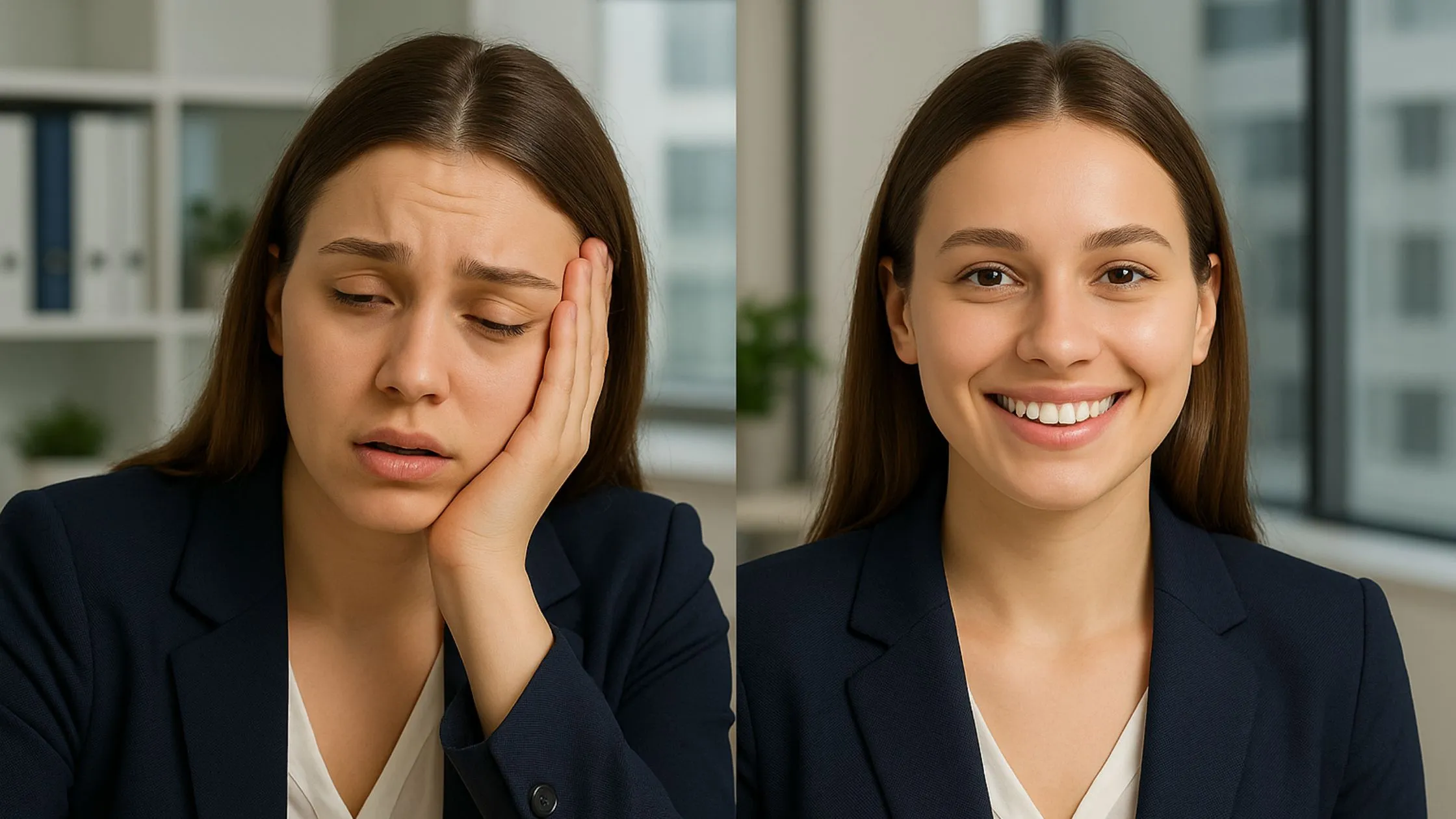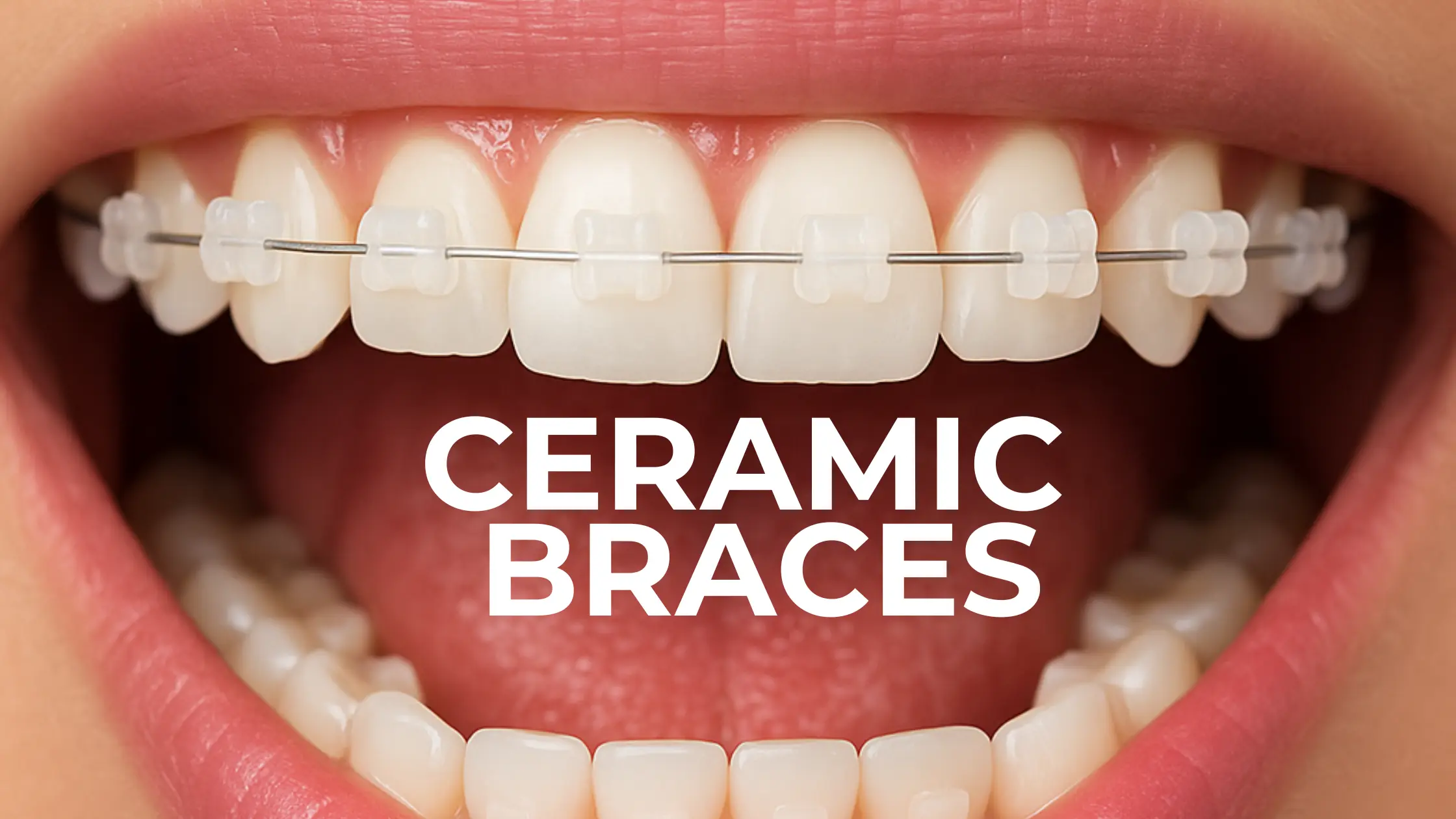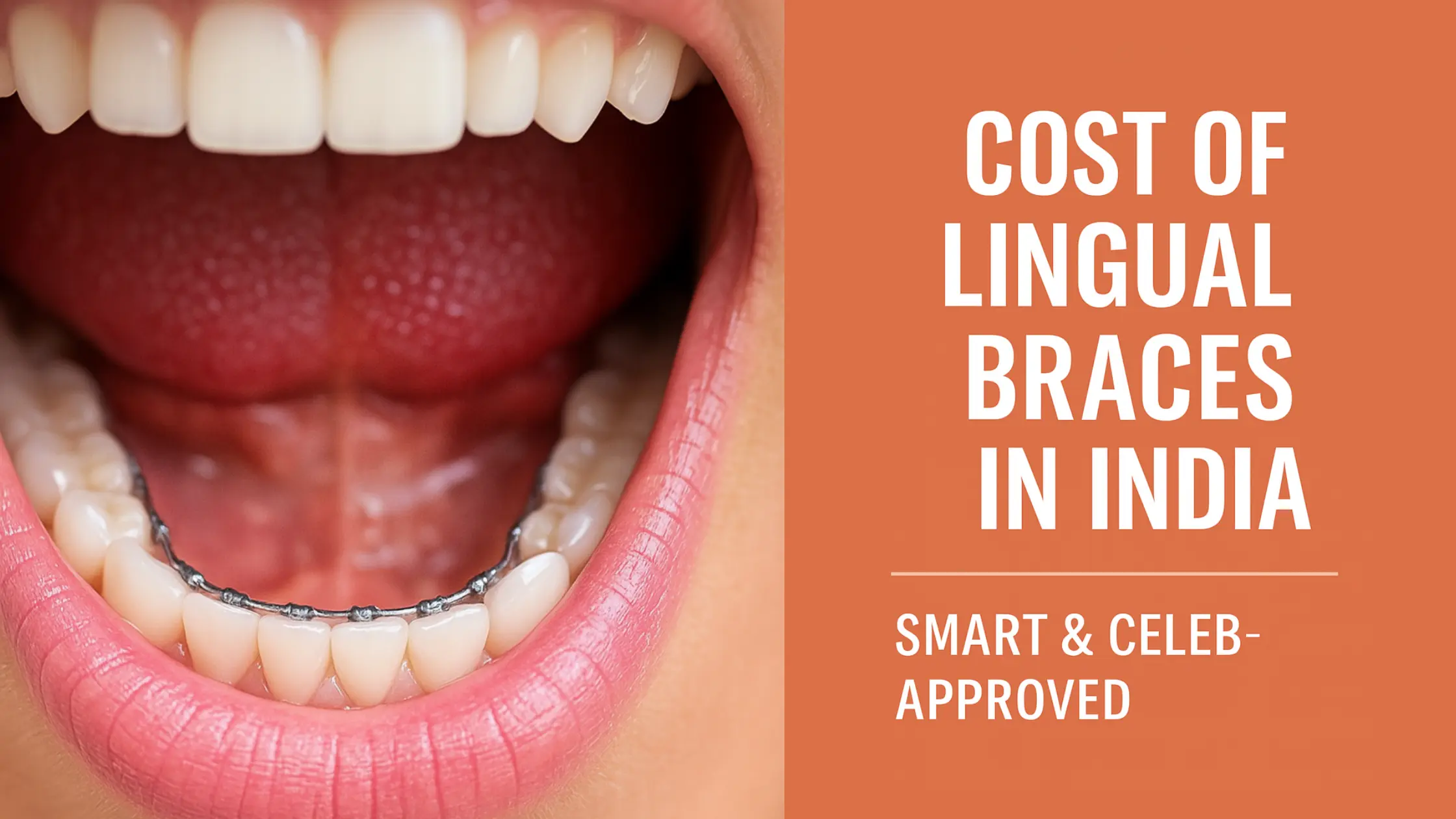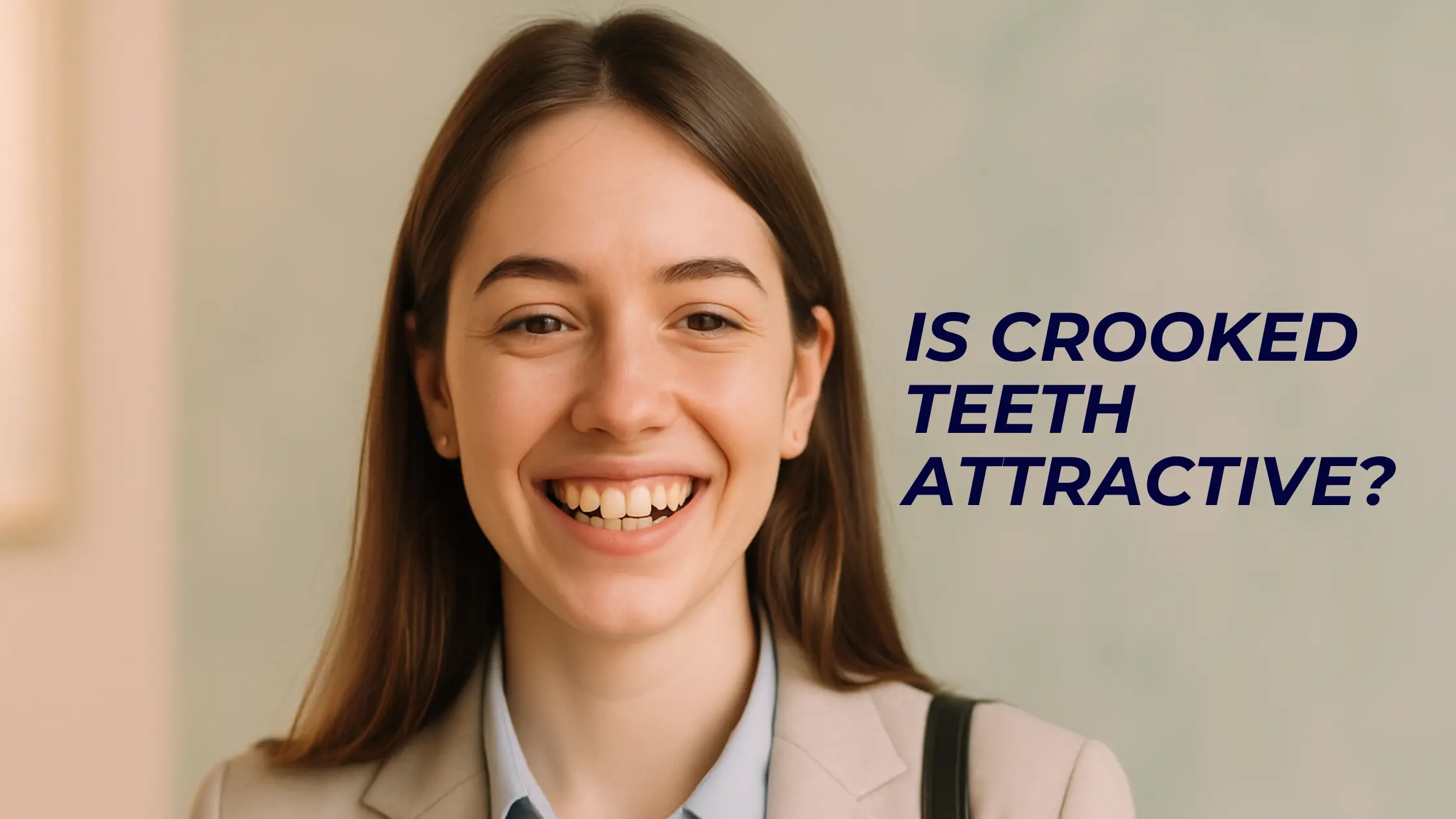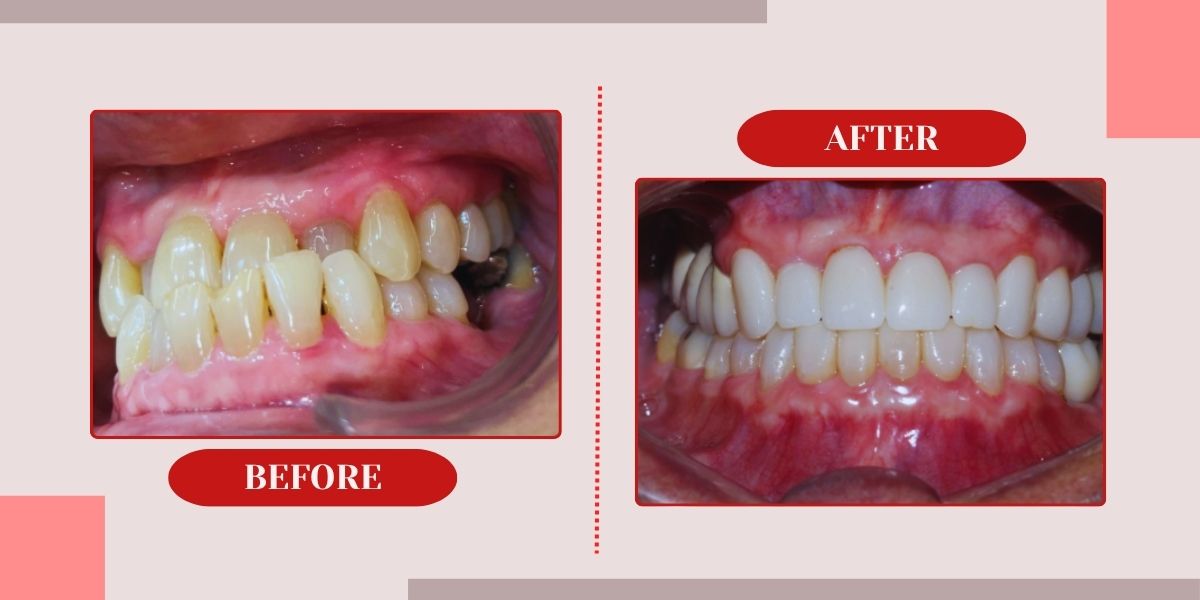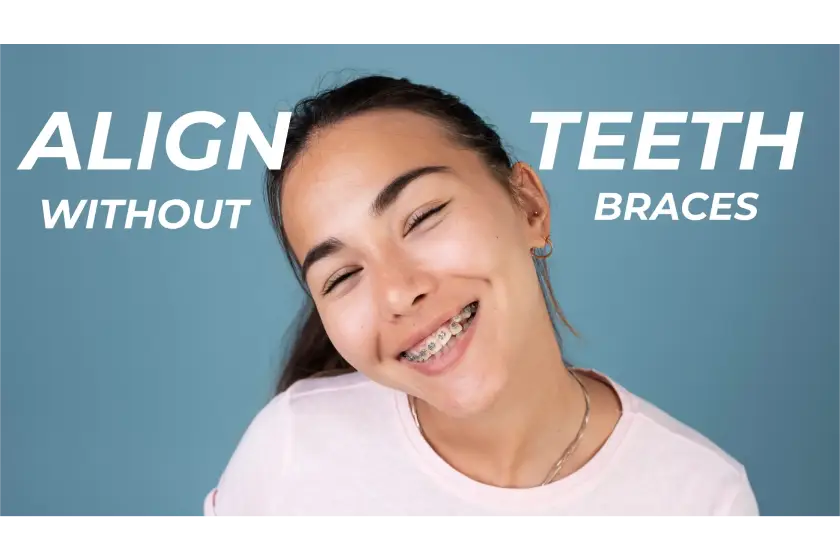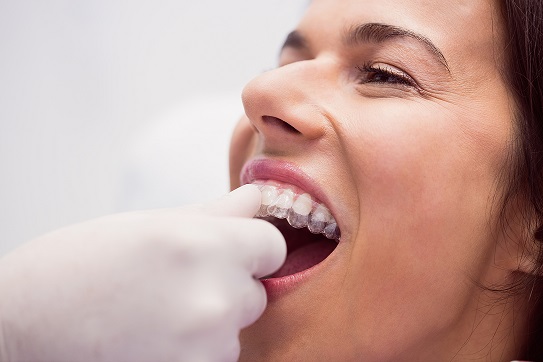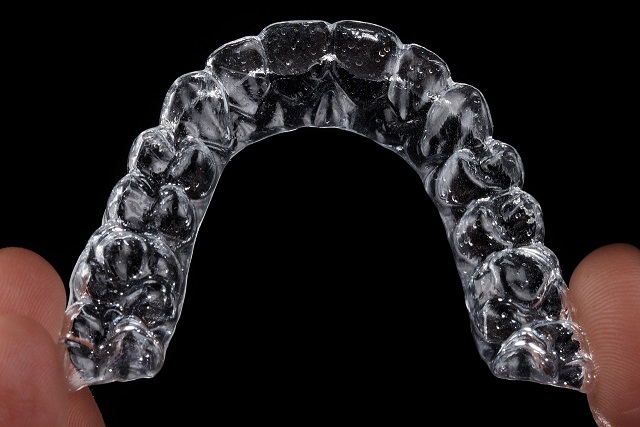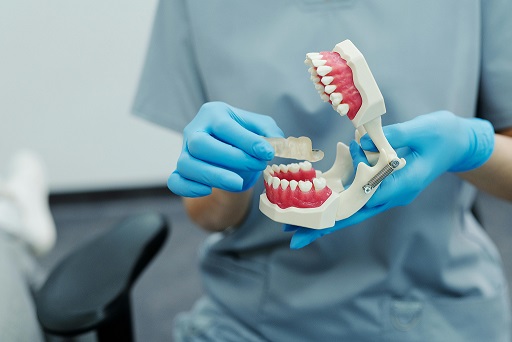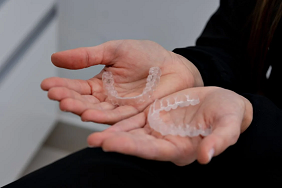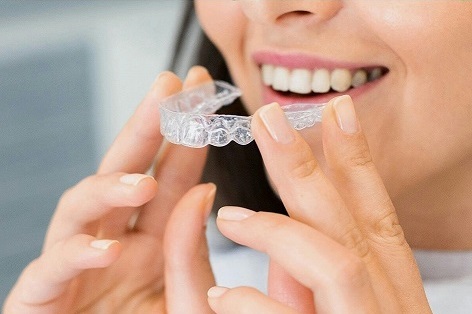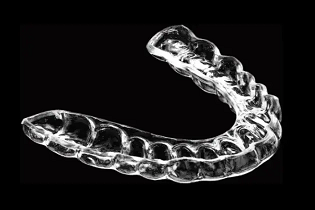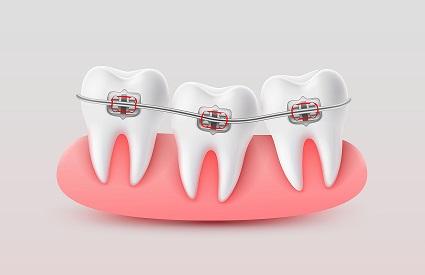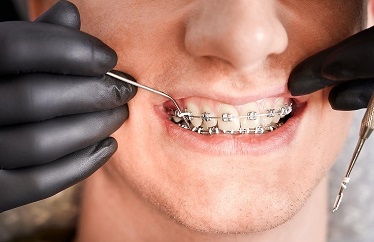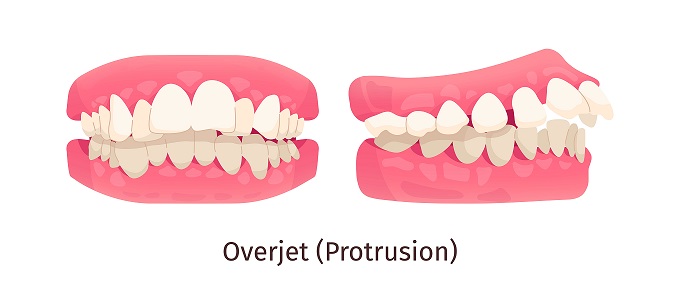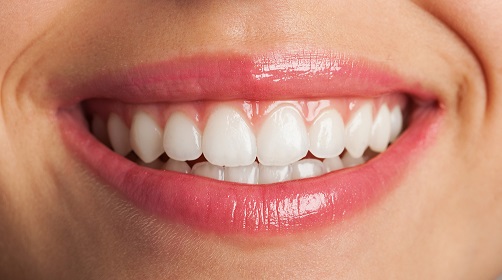
Publish on May 23, 2025
Straight Teeth for Everyone: A Guide to Teeth Straightening at Any Age
A face having a beautiful smile is always pleasing to look at no matter the age of the person. With the progress in science, it is now possible to achieve a well aligned smile at any age. With the help of modern tools like aligners for teeth, your dream smile is no longer restricted by age. The article ahead will help clarify any queries you have regarding the correct age to begin teeth alignment treatments and the extent to which the correction may be obtained.
Why Do People Need Teeth Straightening?
Teeth might erupt in crooked for many reasons. Sometimes, it’s genetics—your parents might have passed on a crowded jaw or gaps. Other times, habits like thumb-sucking, tongue thrusting, or losing baby teeth too early can cause problems.
Aligning your teeth not only improves your smile, but it also:
- Aids in making it easier to brush and floss to maintain oral hygiene.
- It helps you chew and speak better.
- Does not allow wear and tear of teeth due because of an incorrect bite.
- Can even reduce jaw pain or headaches.
Starting Young: Ages 7 and Below
Even before all baby teeth fall out, it’s a smart idea to get a dental checkup. Dentists and orthodontists (specialists in straightening teeth) can catch early problems before they get worse. Around this time children are not advised braces. But they might get:
- Simple appliances (not full braces) to help guide jaw growth.
- Baby teeth removed if they’re blocking adult teeth from coming in.
- Regular follow ups to see how the permanent teeth are growing.
These early steps are called “interceptive” treatments, and they can prevent bigger problems later.
Ages 7–10: Getting a Head Start
At this stage, kids start getting their permanent teeth. If the dentist spots problems like crowding, an overbite (where top teeth stick out), or underbite (where bottom teeth stick out), treatment might begin. The main goal here is to:
- Make space for eruption of permanent teeth.
- Guide jaw growth.
- Reduce the need for more complex treatment later.
Not every child needs treatment at this age, but for those who do, it can make future straightening faster and easier.
Ages 11–17: The Prime Time for Braces
This is when most kids get all their permanent teeth, making it the perfect time for full orthodontic treatment. Teenagers are generally more particular about their smile and actively seek treatment with braces or clear aligners because:
- Their bones are still growing and easier to shape.
- Teeth move more quickly at this age.
- They are motivated and smart enough to follow instructions well enough to care for braces or aligners.
Common issues fixed during this time include:
- Crooked teeth
- Teeth Gaps
- Overbites or underbites
- Jaw misalignment
Popular options for teens include:
- Traditional metal braces
- Ceramic braces
- Invisible aligners (Illusion Aligners)
Aligners are popular among teens who want a more discreet option, especially for social events or school pictures.
Ages 18–40: It’s Never Too Late
Just because you’re an adult doesn’t mean your chance for a straight smile has passed. Many adults now choose to get orthodontic treatment for several reasons:
- They missed out on braces as a teen.
- Their teeth shifted back after not wearing a retainer.
- They want to improve their bite or appearance.
Adult teeth don’t move as quickly as a teenager, but treatment is still very effective. Adults are keener to get aligners for teeth because they:
- Are less noticeable.
- Can be removed before brushing teeth and eating food.
- Fit easily into a busy lifestyle.
Some adults may still choose braces, especially if they have more serious misalignment.
Age 40 and Beyond: Middle Age and Senior Smiles
It may surprise you, but even people in their 40s, 50s, or 60s can benefit from teeth straightening. As long as your teeth and gums are healthy, orthodontic treatment can still work. Reasons older adults seek treatment include:
- Shifting teeth due to aging or missing teeth.
- Bite problems that affect chewing.
- A desire to improve their self-confidence with a beautiful smile.
For these age groups, clear aligners are often the top choice because they’re:
- Comfortable and gentle on teeth.
- Easy to remove for cleaning.
- Discreet, especially for work or social settings.
Sometimes, braces may be recommended if more complex movement is needed.
Treatment Options for All Ages
There’s no one-size-fits-all solution for teeth straightening. Here’s a quick breakdown of common options:
1. Metal Braces
- Most noticeable
- Strong and reliable
- Best for complex issues
2. Ceramic Braces
- Similar to metal but tooth-colored
- Less visible
- More delicate
3. Lingual Braces
- Attached behind the teeth
- Completely hidden
- May take longer to get used to
4. Clear Aligners
- Removable and nearly invisible
- Best for mild to moderate cases
- Must be worn 20–22 hours a day
Choosing the Right Time for Treatment
So, how to choose the best time to get your teeth aligned? Here's a simple guide:
| Age Group | Treatment Focus |
|---|---|
| Under 7 | Monitor growth, early problem spotting |
| 7–10 | Guide jaw growth, fix crowding early |
| 11–17 | Regular metallic braces or aligners, perfect for permanent teeth |
| 18–40 | Improve aesthetics or correct long-term issues |
| 40+ | Realign shifting teeth, improve comfort and function |
Conclusion: A Straighter Smile at Any Age
Hope the data above has cleared up any confusion you had in your mind about age and teeth straightening. With options like clear aligners by well-known companies like Illusion Aligners -Age is just a number! Book an appointment with your dentist and start your journey towards your dream smile and improved health today!
Medically Reviewed By Dr Jaineel Parekh, MDS orthodontics
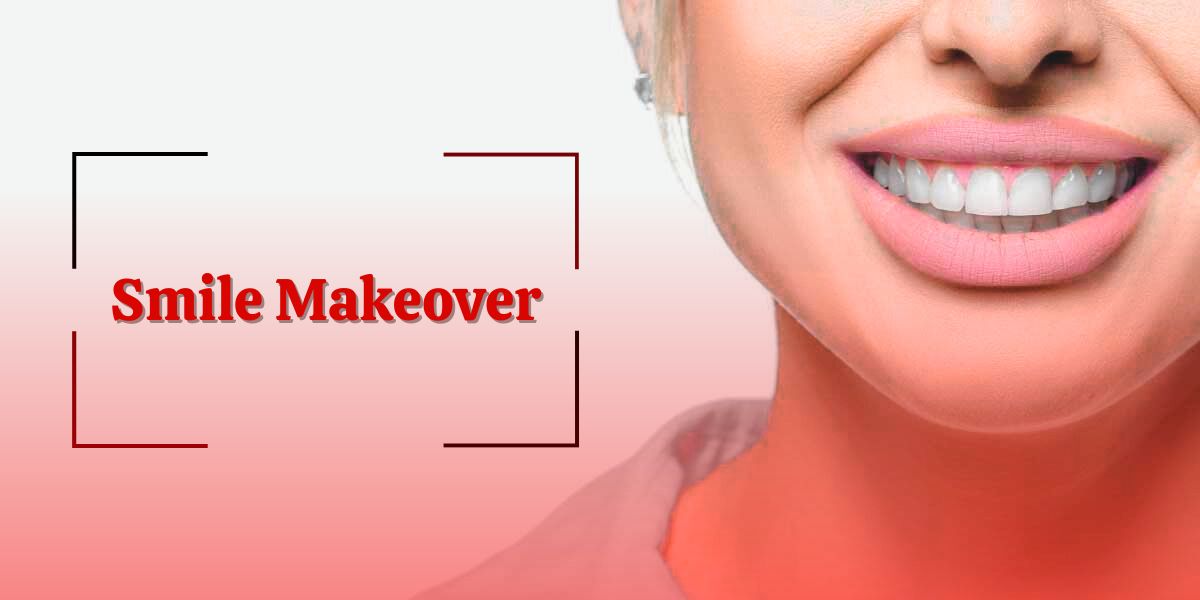
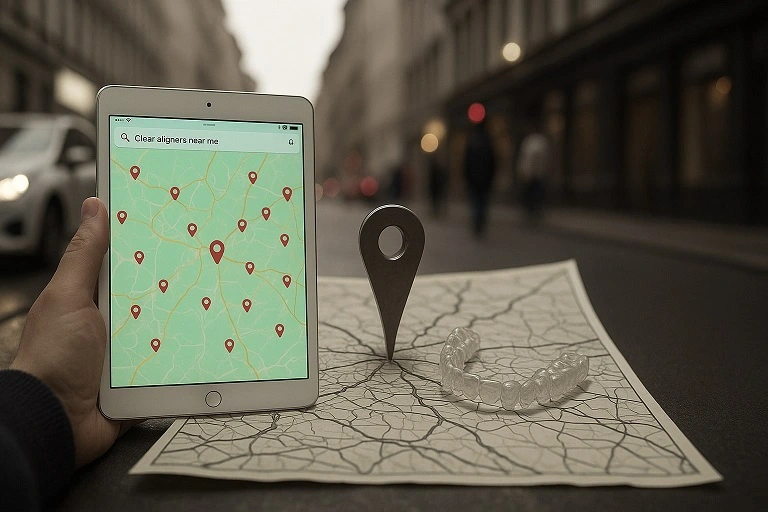
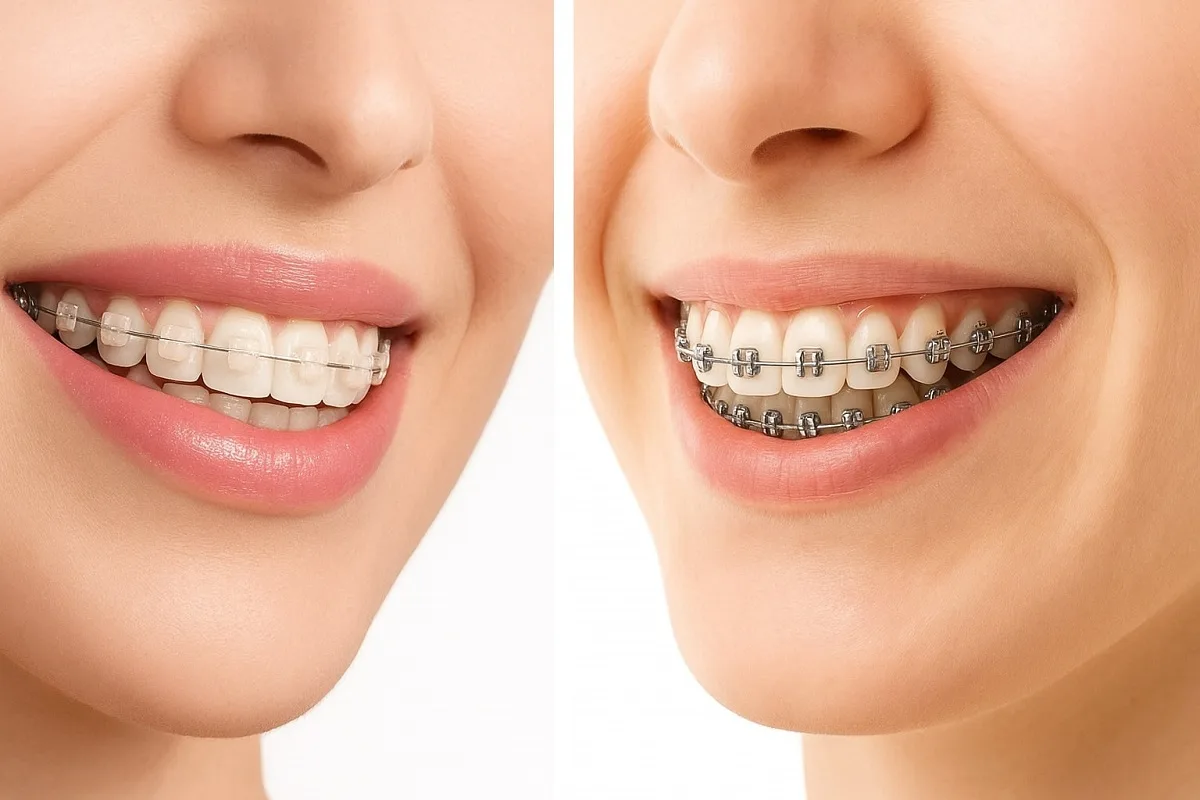
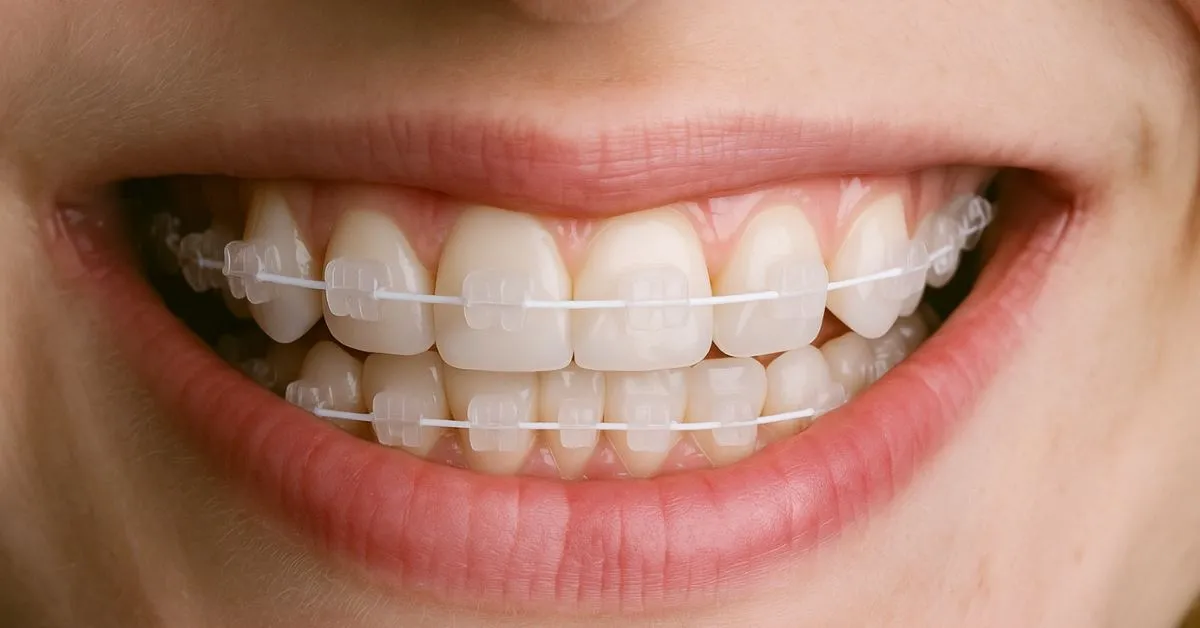
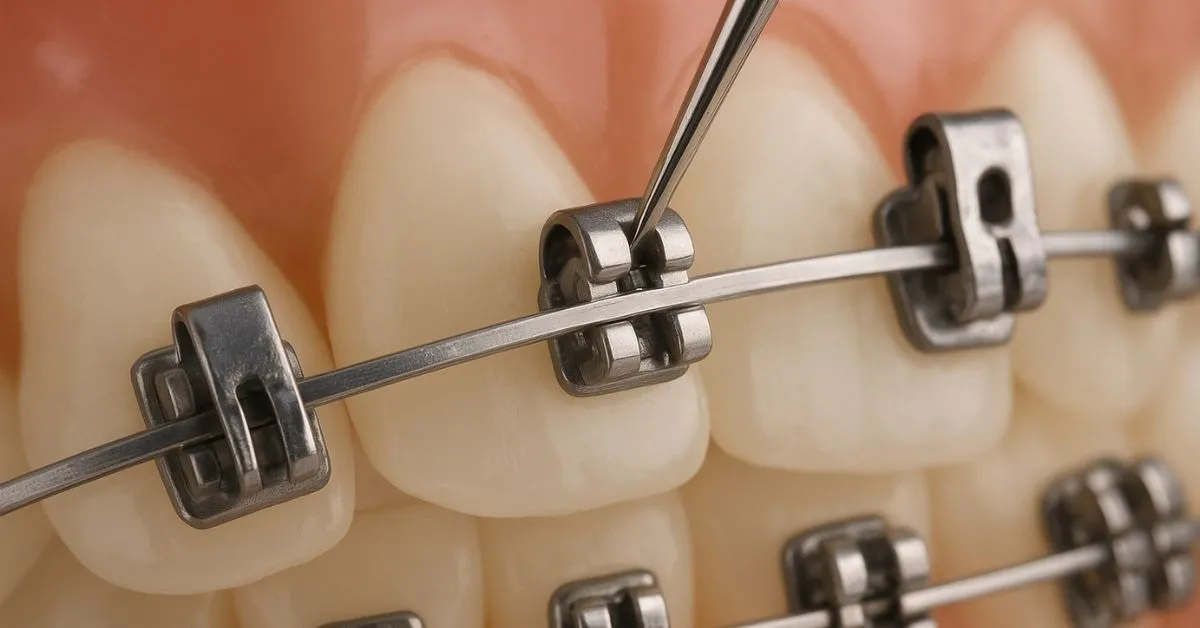
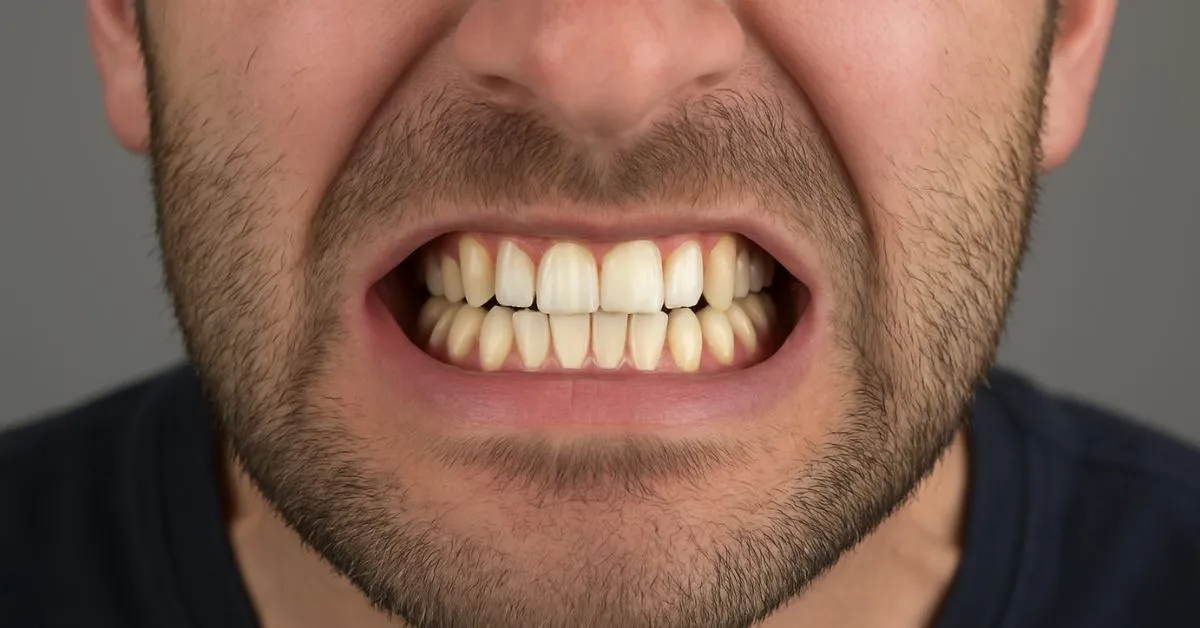
.webp
)
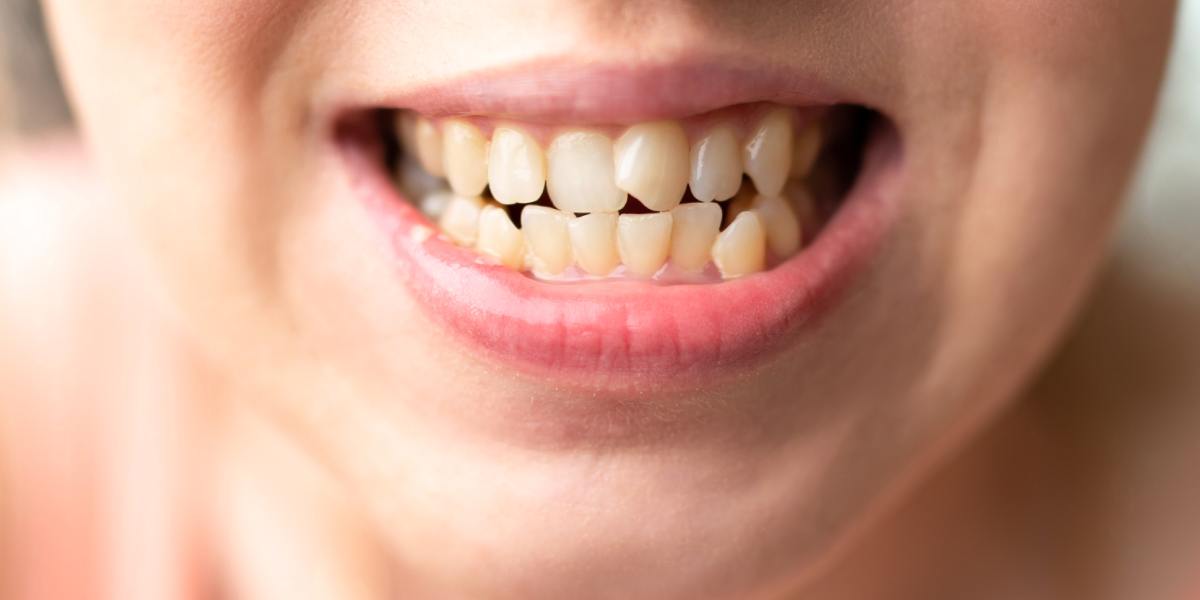
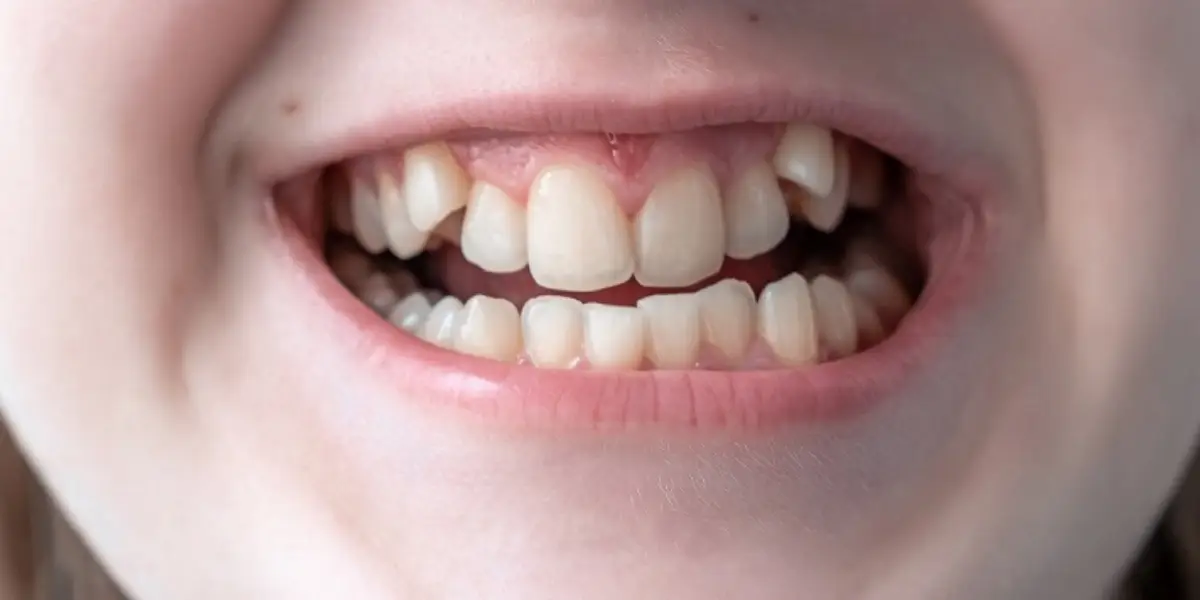
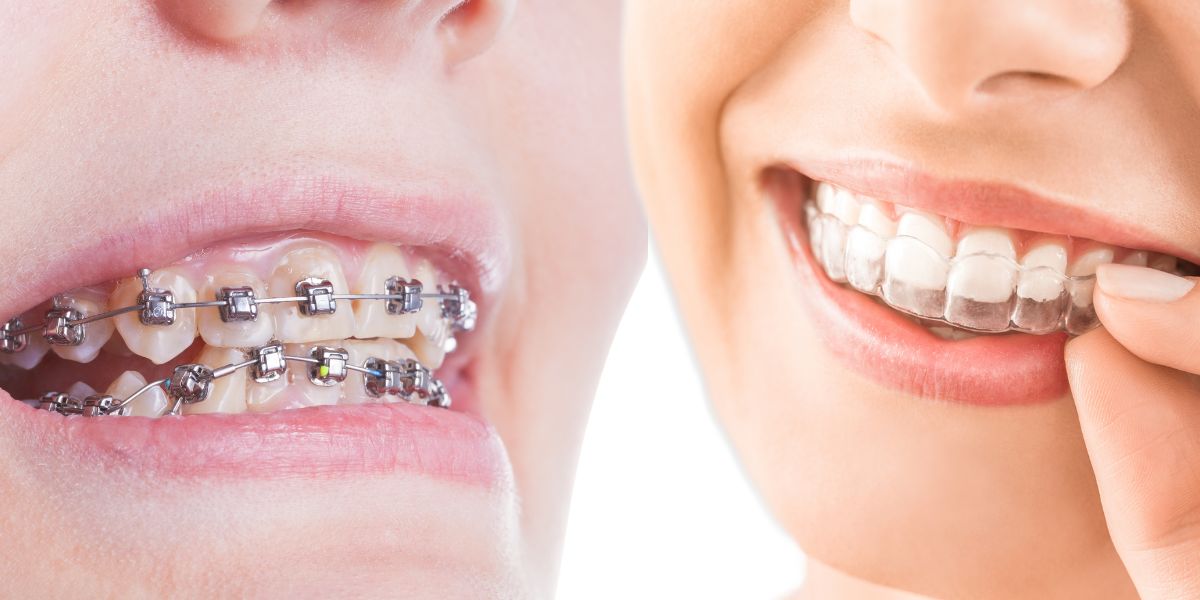
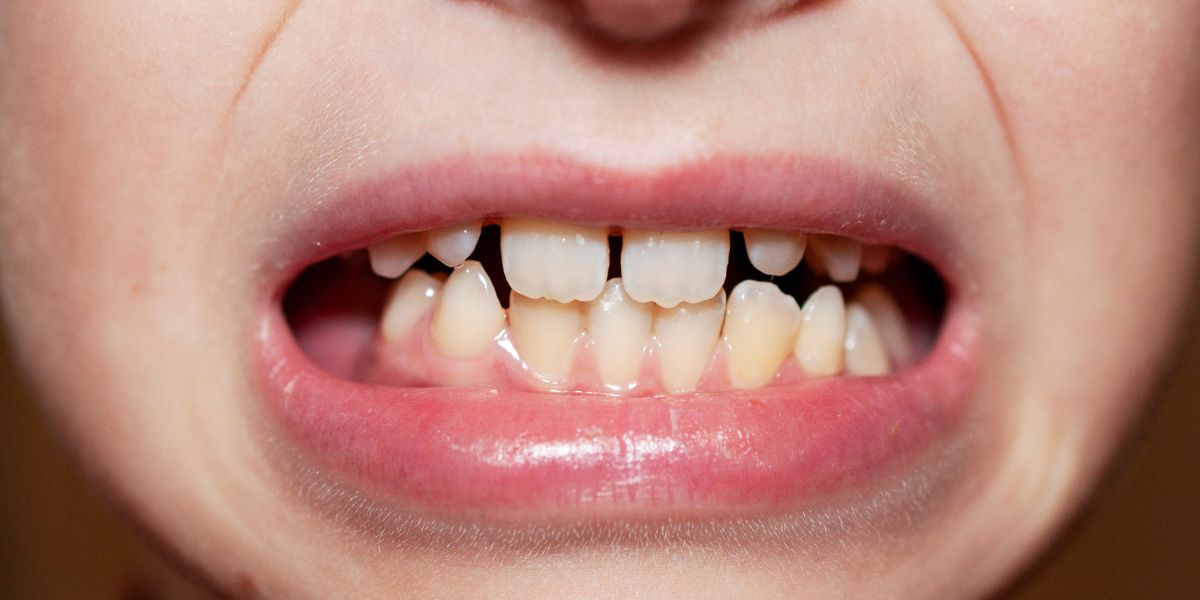
.jpg)
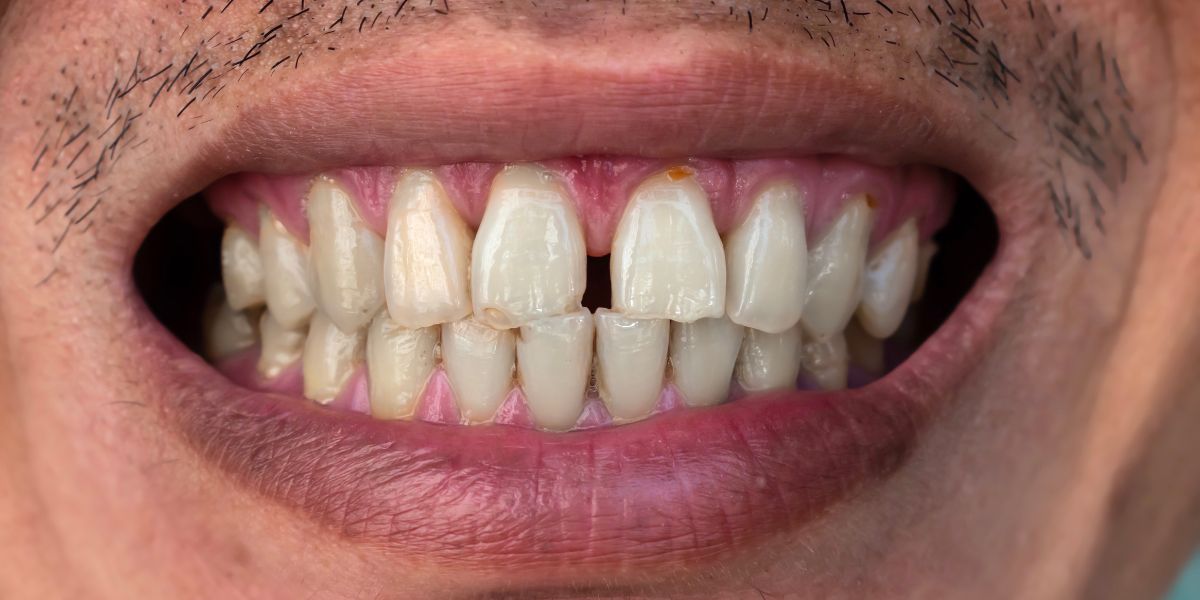
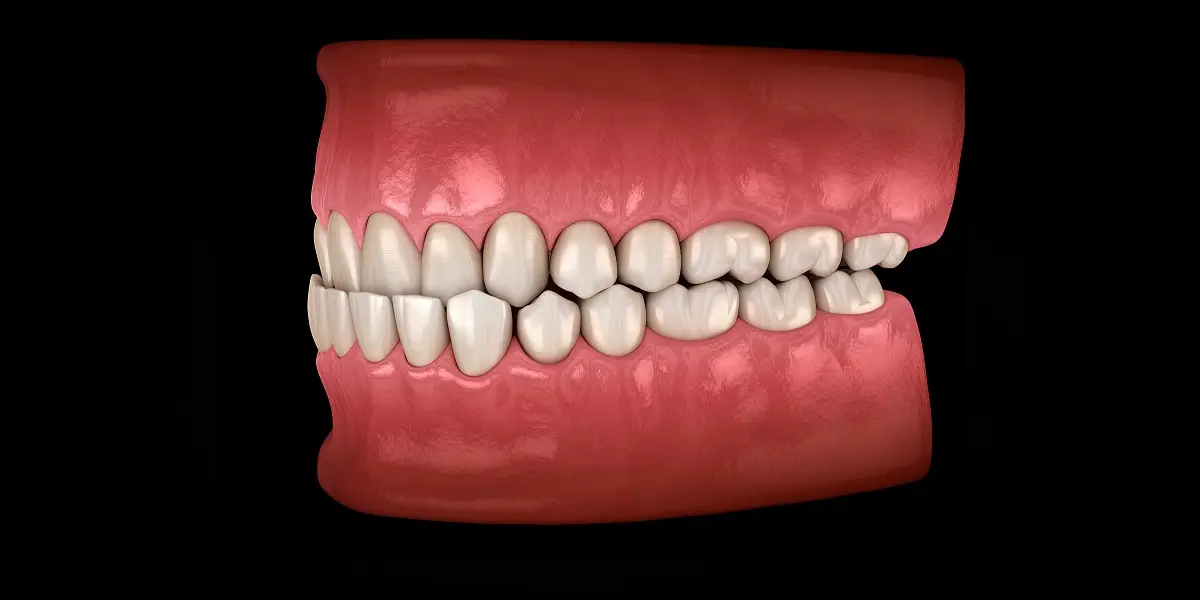
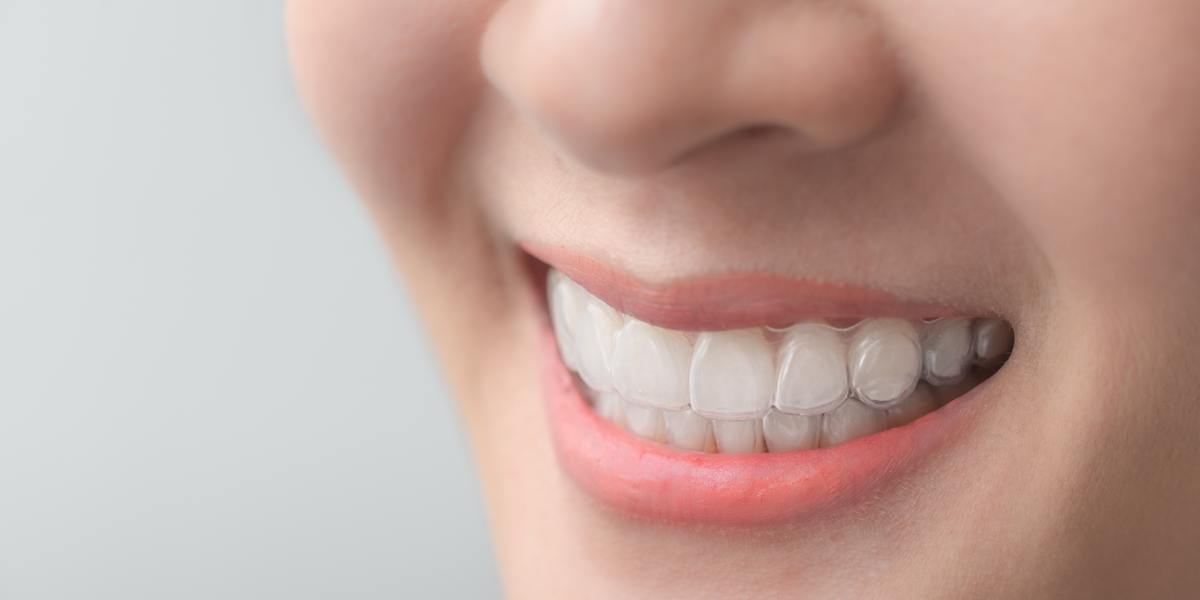

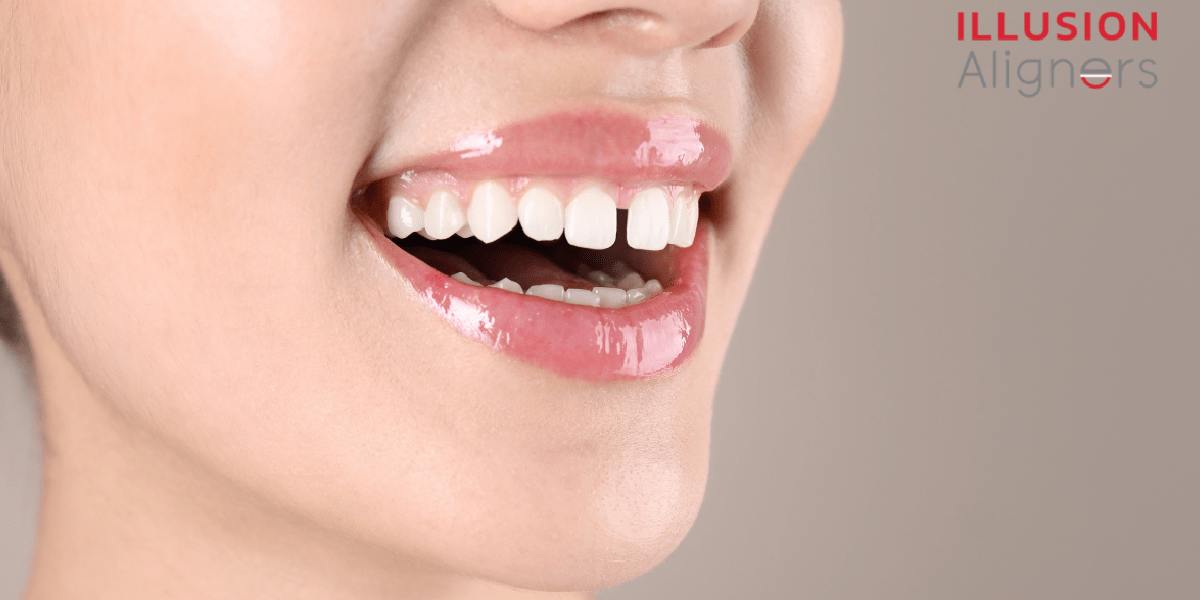
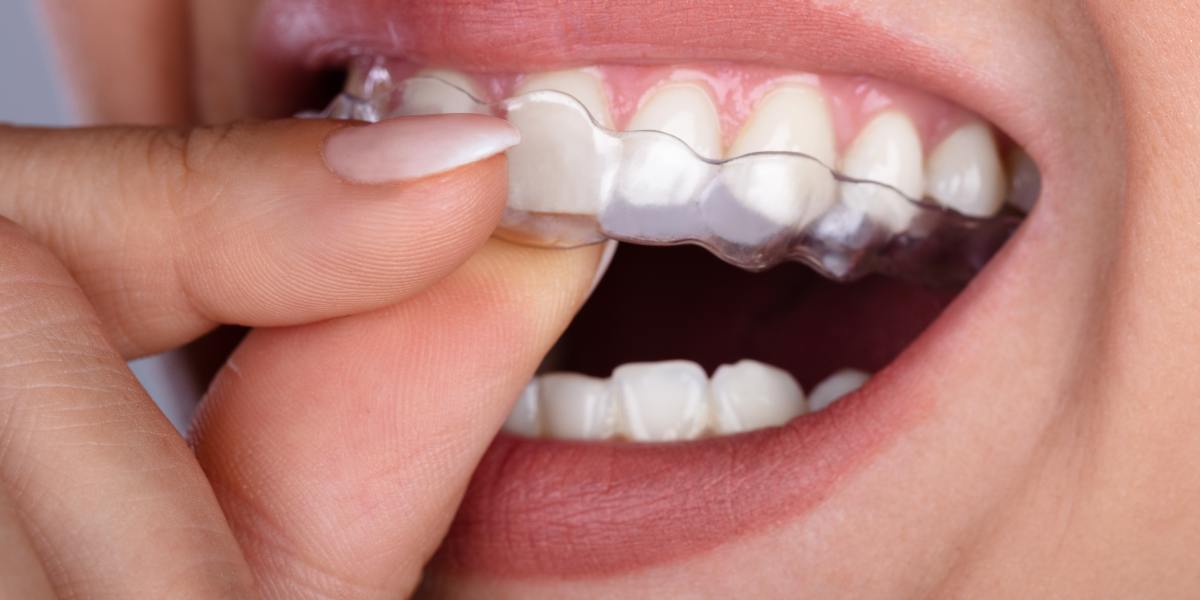
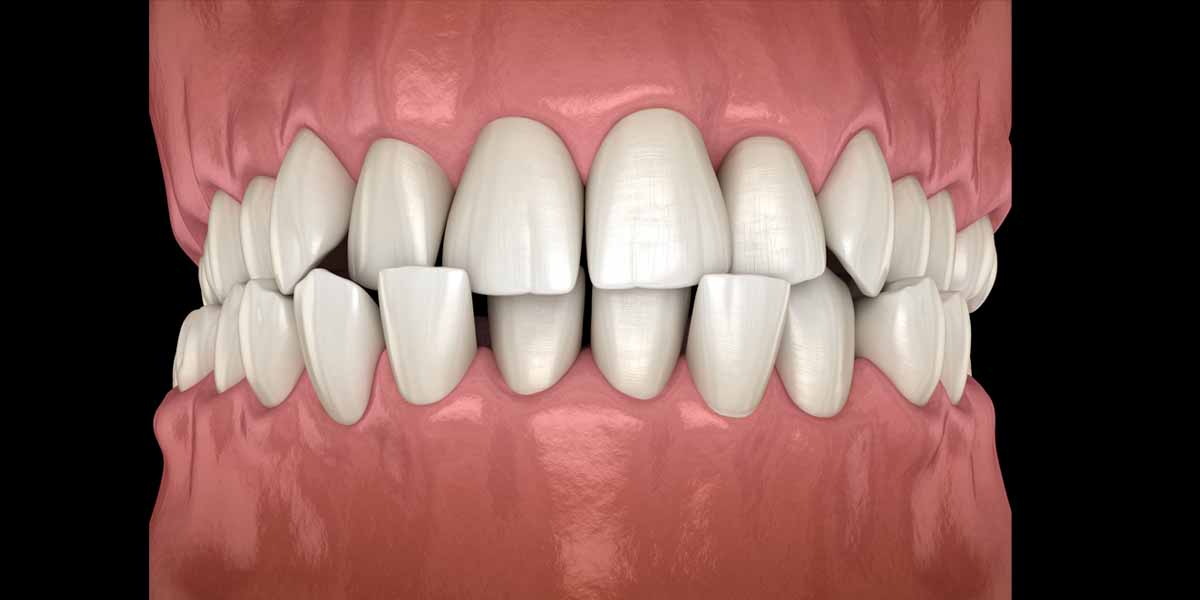
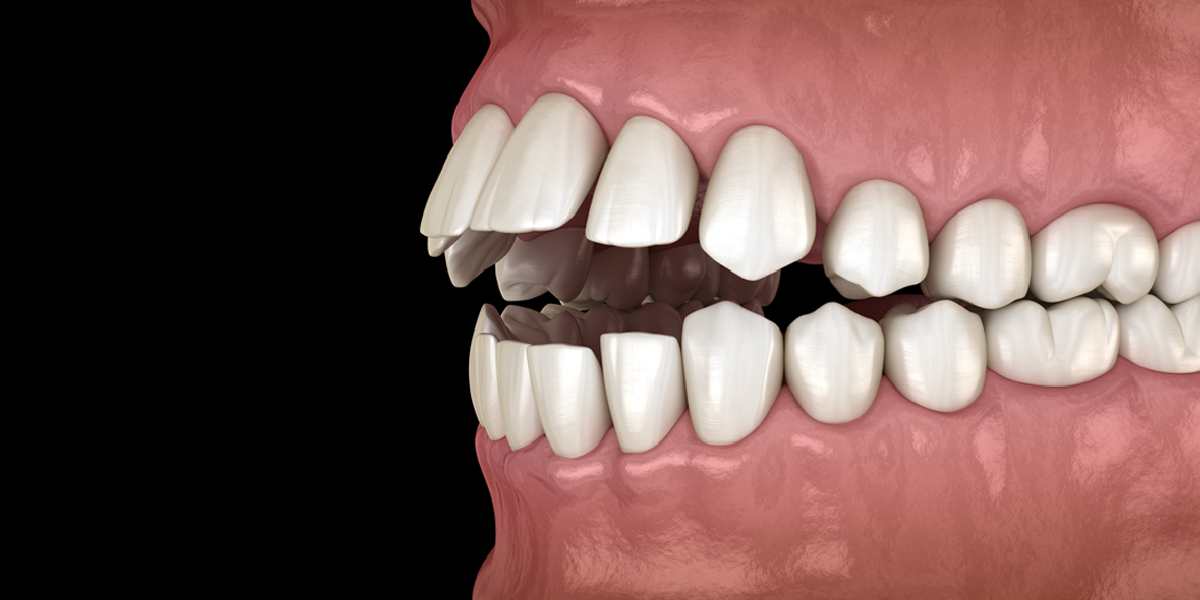
2.jpg)

